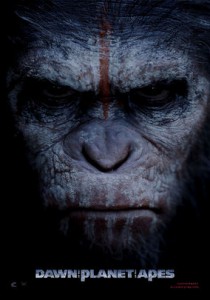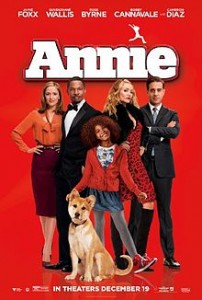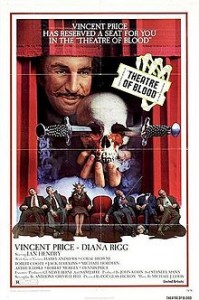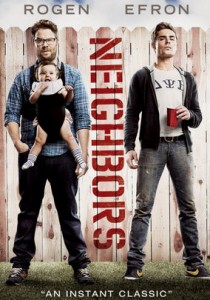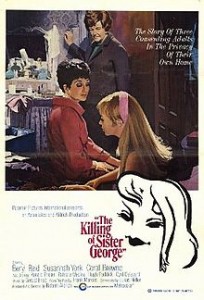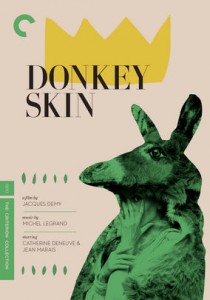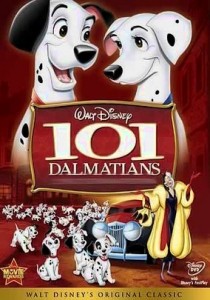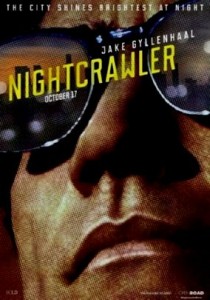Wild-2014
Director-Jean-Marc Vallee
Starring-Reese Witherspoon, Laura Dern
Scott’s Review #249
Reviewed June 21, 2015
Grade: B+
Wild is a personal story of a young woman’s 1995 challenge to hike the 2,650 mile Pacific Crest trail as a form of therapy from her divorce and her recovery from drug addiction.
The film stars Reese Witherspoon in a thoughtful biography of a real-life figure, Cheryl Strayed, and is adapted from a novel entitled Wild: From Lost to Found on the Pacific Trail.
The film depicts Cheryl’s struggles to survive in the remote area of northern California throughout various weather patterns, and her interesting encounters with strangers along the way.
The film is a showcase for Witherspoon as she takes center stage, appearing in almost every frame of the film.
Her producing the project undoubtedly has something to do with this. Regardless, it is a winning turn for Witherspoon as she is excellent. She portrays the role with vigor, emotional rawness, and vulnerability, which comes across on-screen. She certainly deserved her Oscar nomination for this part.
What sets her apart from other actresses who may have gotten this part is that Witherspoon is a small woman, which makes her physical struggles to commandeer trails and wilderness while hauling a large backpack containing her necessities, believable.
Shot using many flashbacks of Cheryl’s life before the enormous hike, we are introduced to the character of Cheryl and her challenging life before. We know that she is a recovering addict, but we do not know what led to these events.
Living in Minneapolis, she is very close to her mother Bobbi, played by Laura Dern, who tragically dies. This leads to a path of destructive behavior for Cheryl and ultimately to her divorce from her husband Paul, who is a decent man and periodically sends Cheryl care packages along her journey.
The bond that Cheryl shares with her mother, a struggling woman herself, is deep. Bobbi has difficulties raising a family and striving to improve her education and her life and this is explored during the flashback scenes featuring Cheryl as a teenager.
I love the encounters that Cheryl faces along the trail and feel it adds depth to the film.
Few and far between are these gems of interchange since she is mostly alone with nature, the characters are interesting. Alone in the dark and desperate for a meal, she flags down a farmer named Frank. At first, it appears Frank may be dangerous and wielding a gun so Cheryl is wary as she goes home with him for dinner.
Happily, Frank is married to a kindhearted woman named Annette, and the three of them enjoy a lovely, jovial feast. Later, she encounters a young boy whose mother has died. They bond as the boy sings a song to her that his mother used to sing to him, and when the boy leaves, Cheryl sobs in emotion for her mother.
These small snippets of real-life conversations and togetherness make the film feel happy and we root for Cheryl to accomplish her enormous feat.
Thanks to a bravura performance by Witherspoon, Wild is much more than a woman surviving on her own in the wilderness. It is encased in quiet emotion and understated supporting performances that give layers to a very human story.
Oscar Nominations: Best Actress-Reese Witherspoon, Best Supporting Actress-Laura Dern
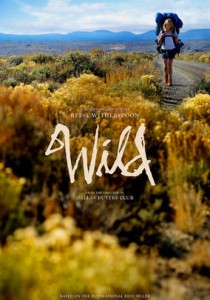
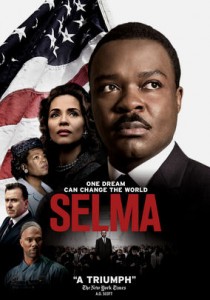
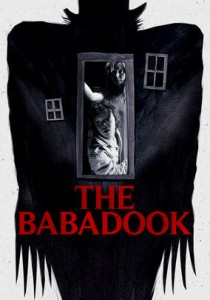
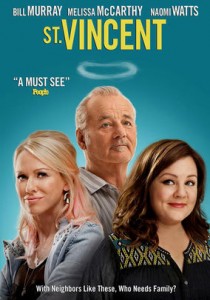
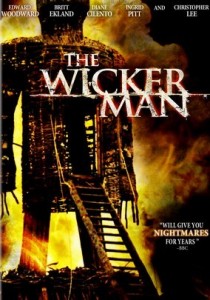
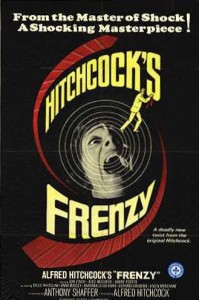
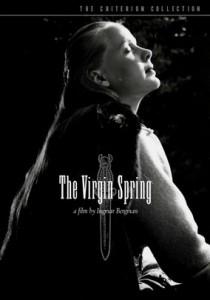
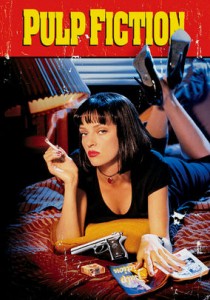
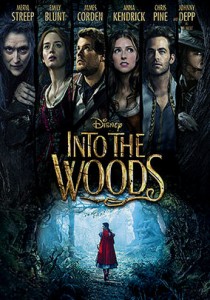
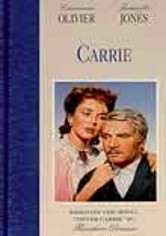
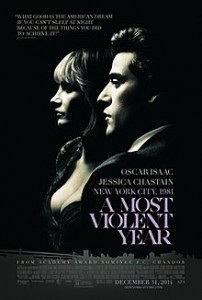
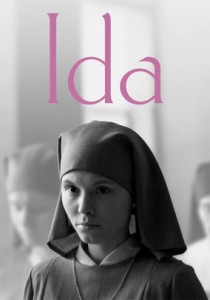
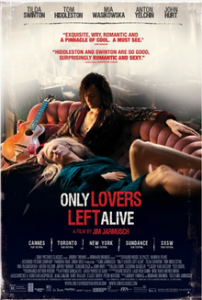
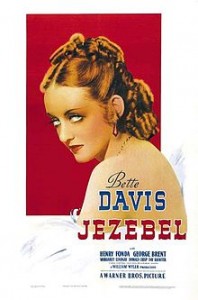
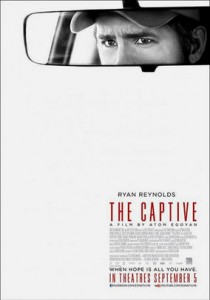
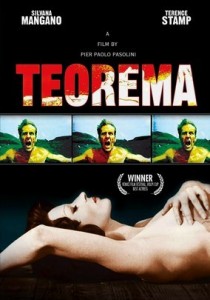
![220px-Madhouseposter[1]](http://scottsfilmreviews.com/wp-content/uploads/2015/04/220px-Madhouseposter1-196x300.jpg)
